gcl geomembrane
– Geosynthetic Clay Liner –
Geotextile waterproofing is another term for Geosynthetic Clay Liner (GCL). Bentonite GCL waterproofing membranes are a combination of two types of geotextiles, woven and non-woven, stitched together. Sandwiched between the two geotextile layers is a layer of clay compressed into a monolithic, impermeable sealant. This sealant has the ability to absorb water and expand, providing absolute waterproofing when exposed to moisture.
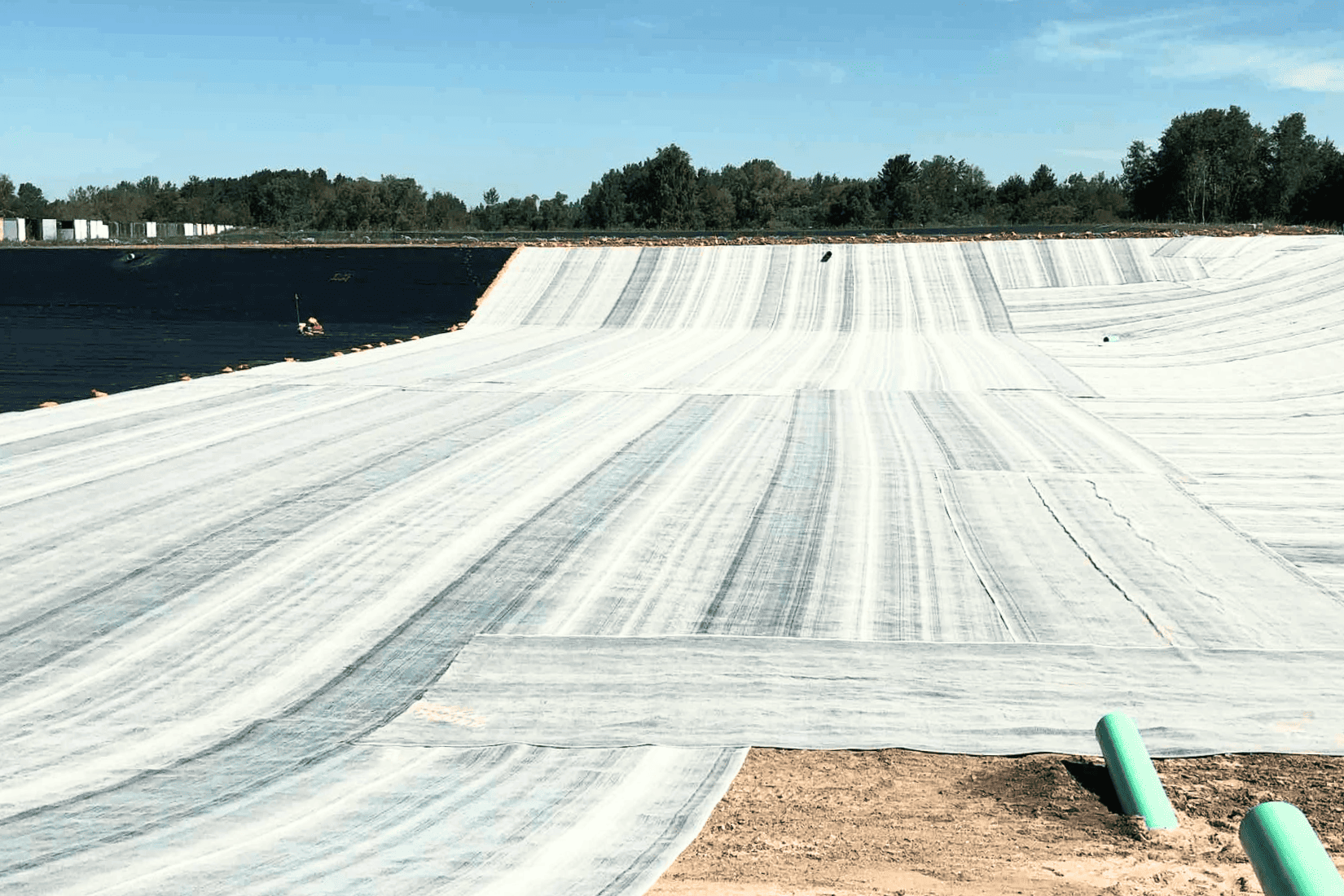
Bentonite GCL waterproofing membranes, also known as compressed clay waterproofing membranes, have a specialized three-layer structure. The top layer is a non-woven geotextile, the middle layer is natural bentonite, and the bottom layer is a woven geotextile. These three layers are formed into a monolithic waterproofing barrier. Sometimes, a thin layer of HDPE membrane is added for enhanced performance.
*Bentonite: A type of synthetic clay, also known as hydrated composite bentonite.
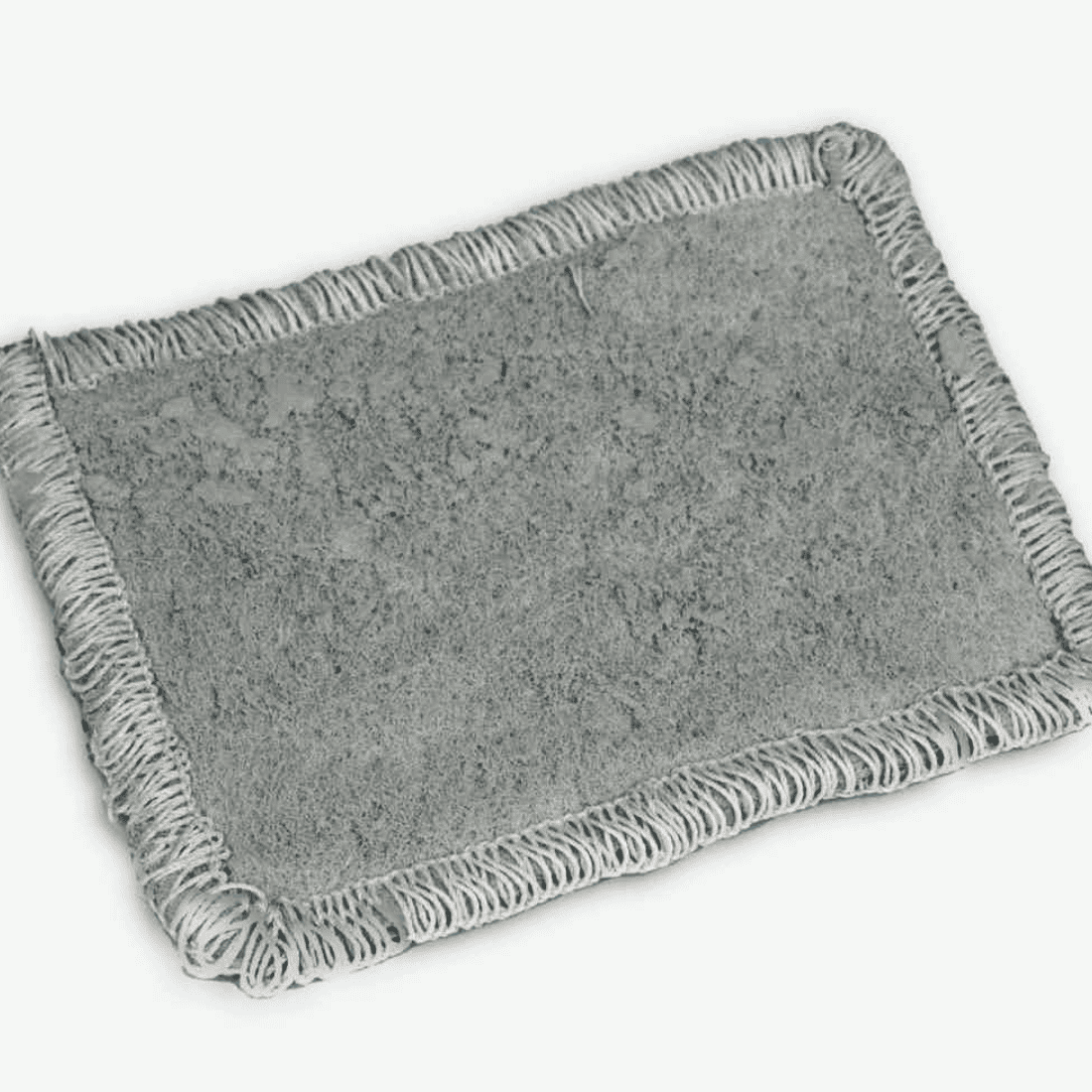
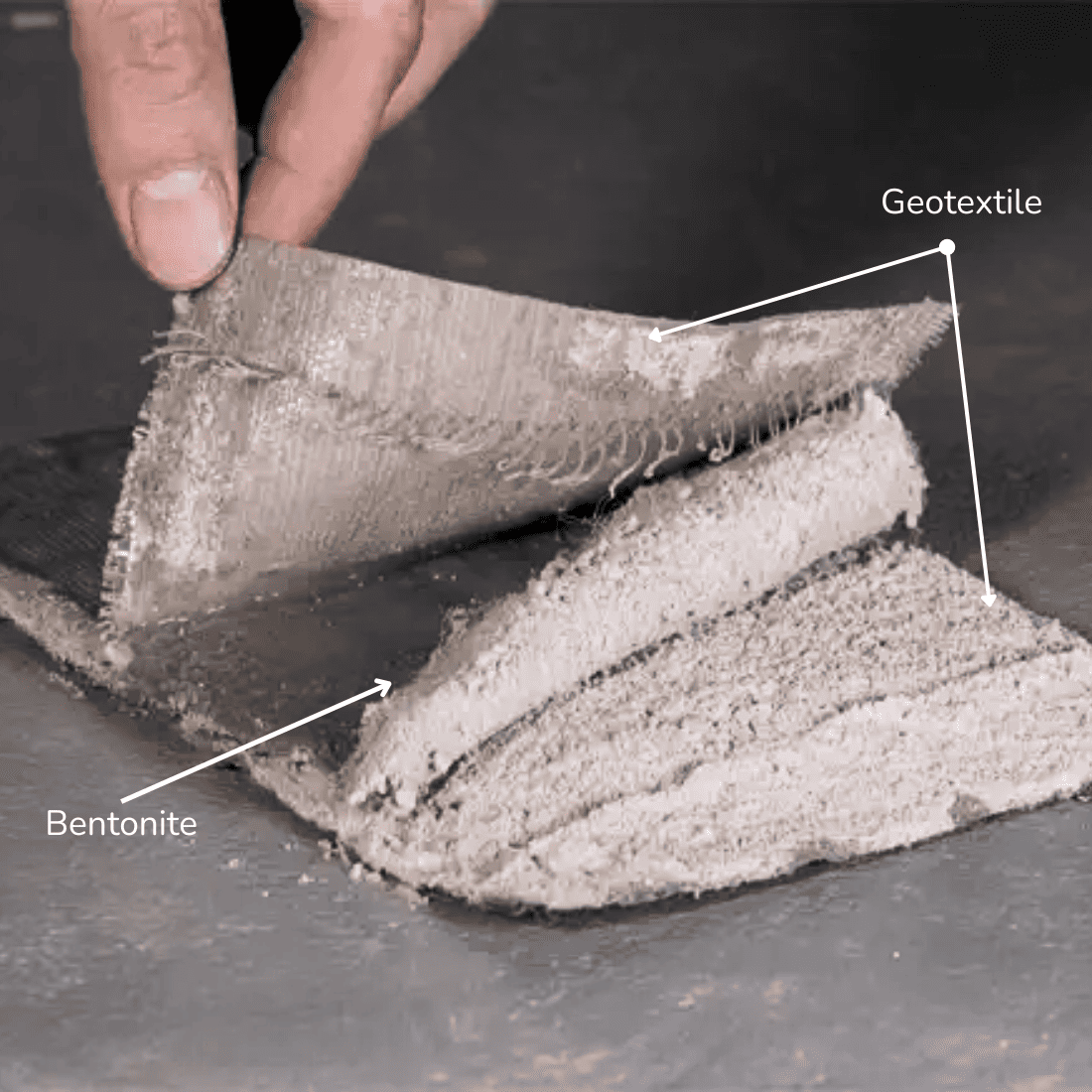
Upon contact with water, the bentonite layer in the middle expands, creating an effective waterproofing barrier. This barrier is effective against both liquids and gases, with a recorded waterproofing efficiency of up to 95%.
Bentonite GCL waterproofing consist of three layers: woven geotextile, non-woven geotextile, and bentonite clay.
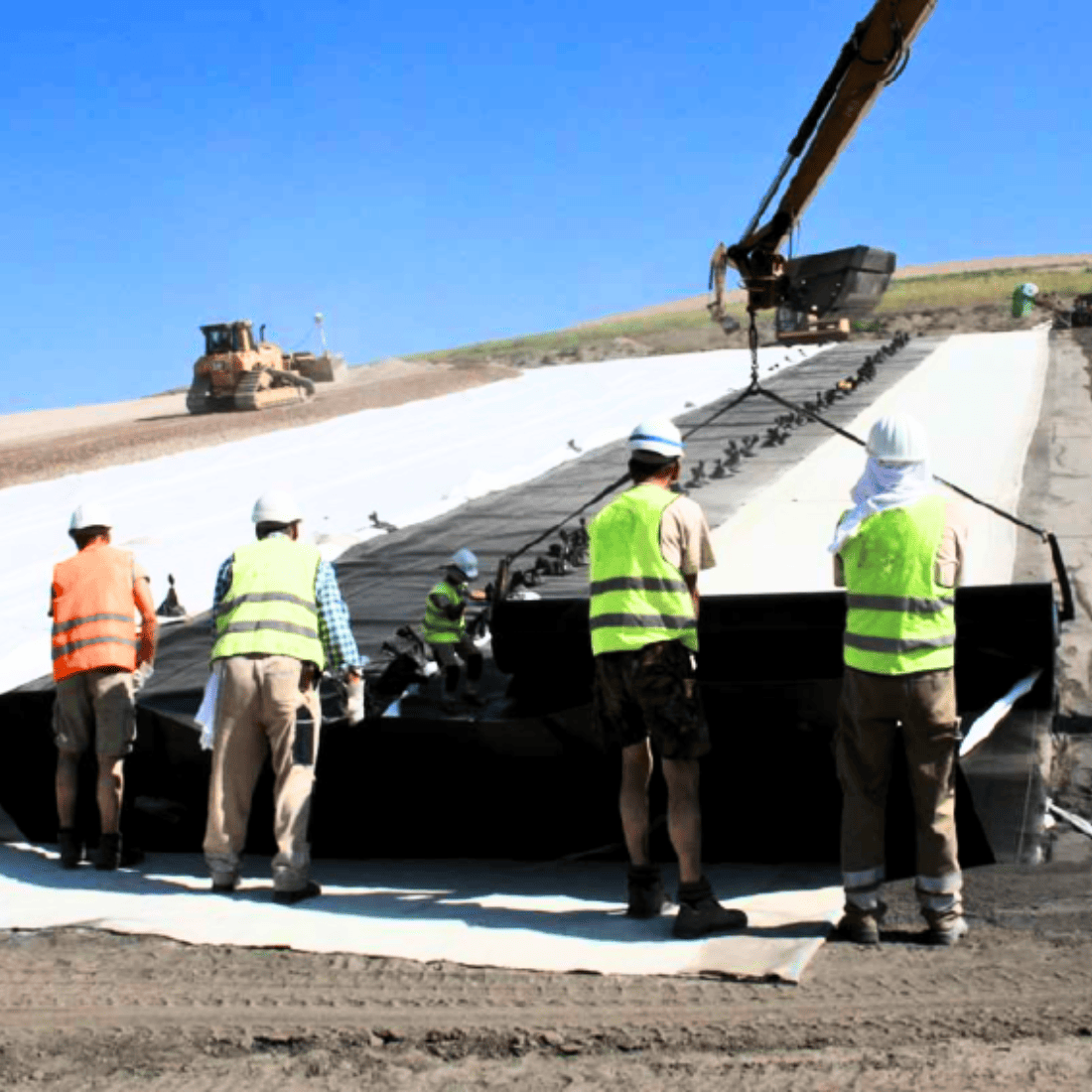
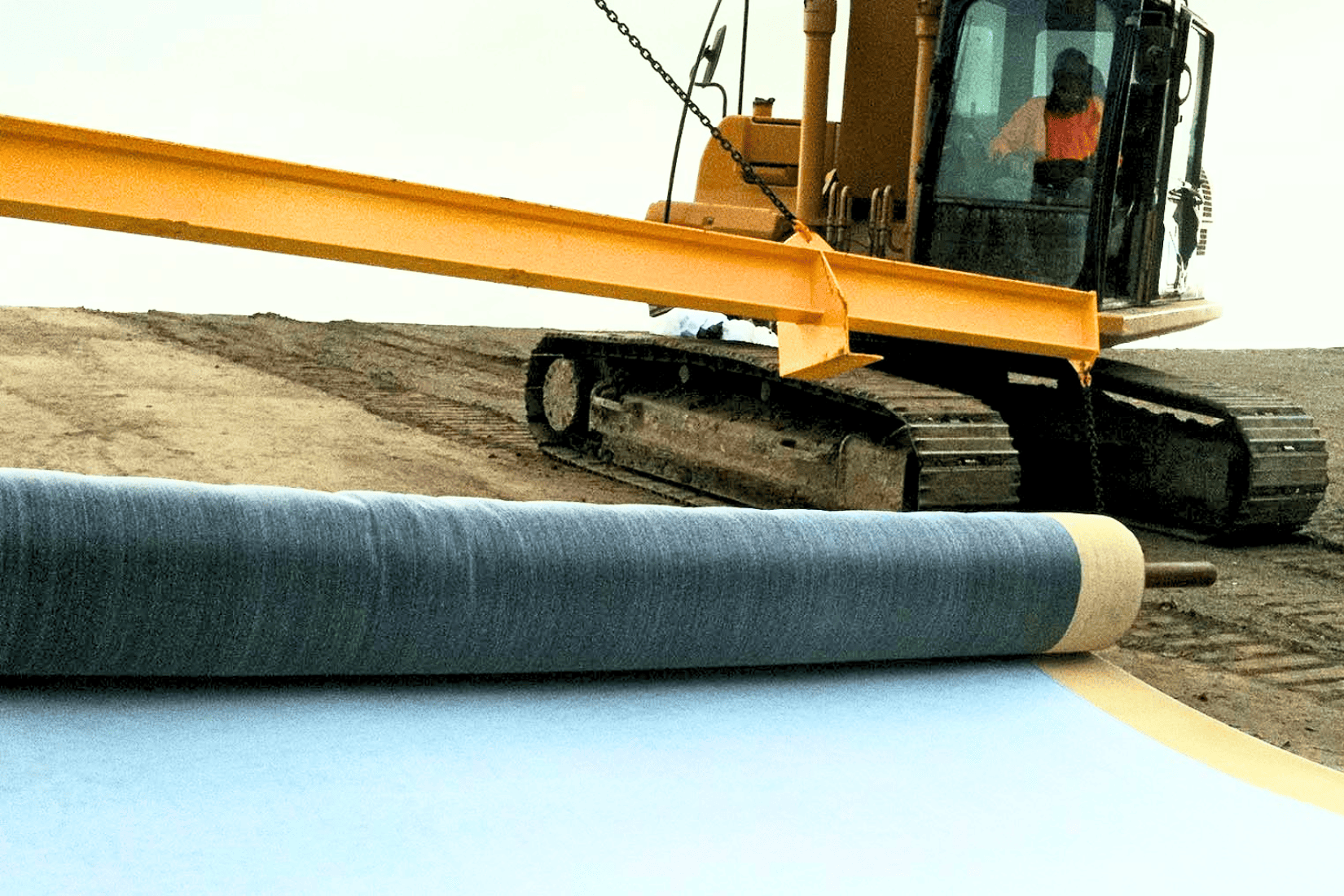

Geotextile membranes combined with clay waterproofing are resistant to mechanical, chemical, and physical environmental impacts. They are needle-punched together to enhance stability and peel resistance, protecting the inner clay layer. The inner clay layer has a very low permeability coefficient and expands up to 15 times when saturated. This forms a gel-like waterproofing layer that can self-seal punctures. Bentonite (GCL) waterproofing membranes are widely used in various waterproofing applications, including:
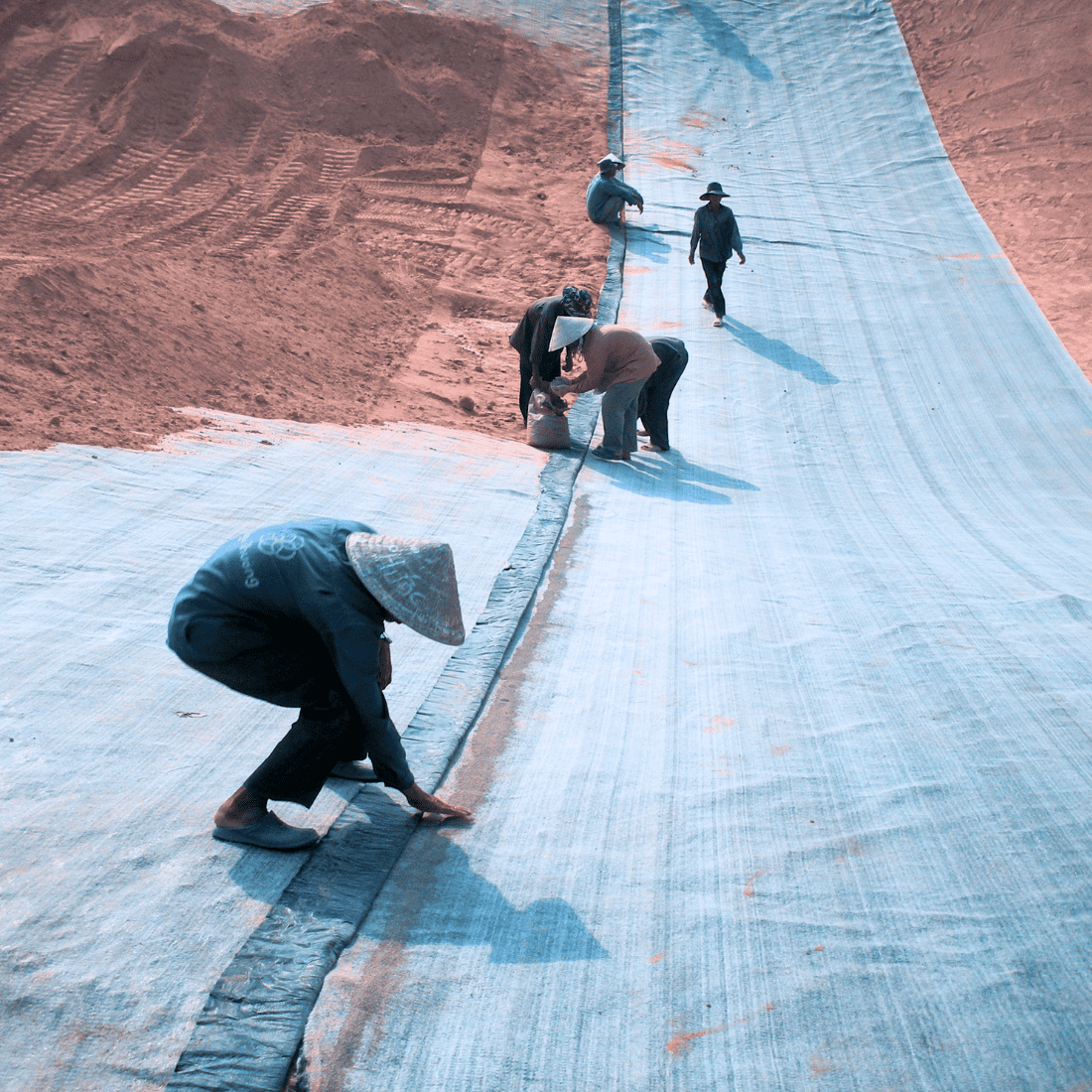
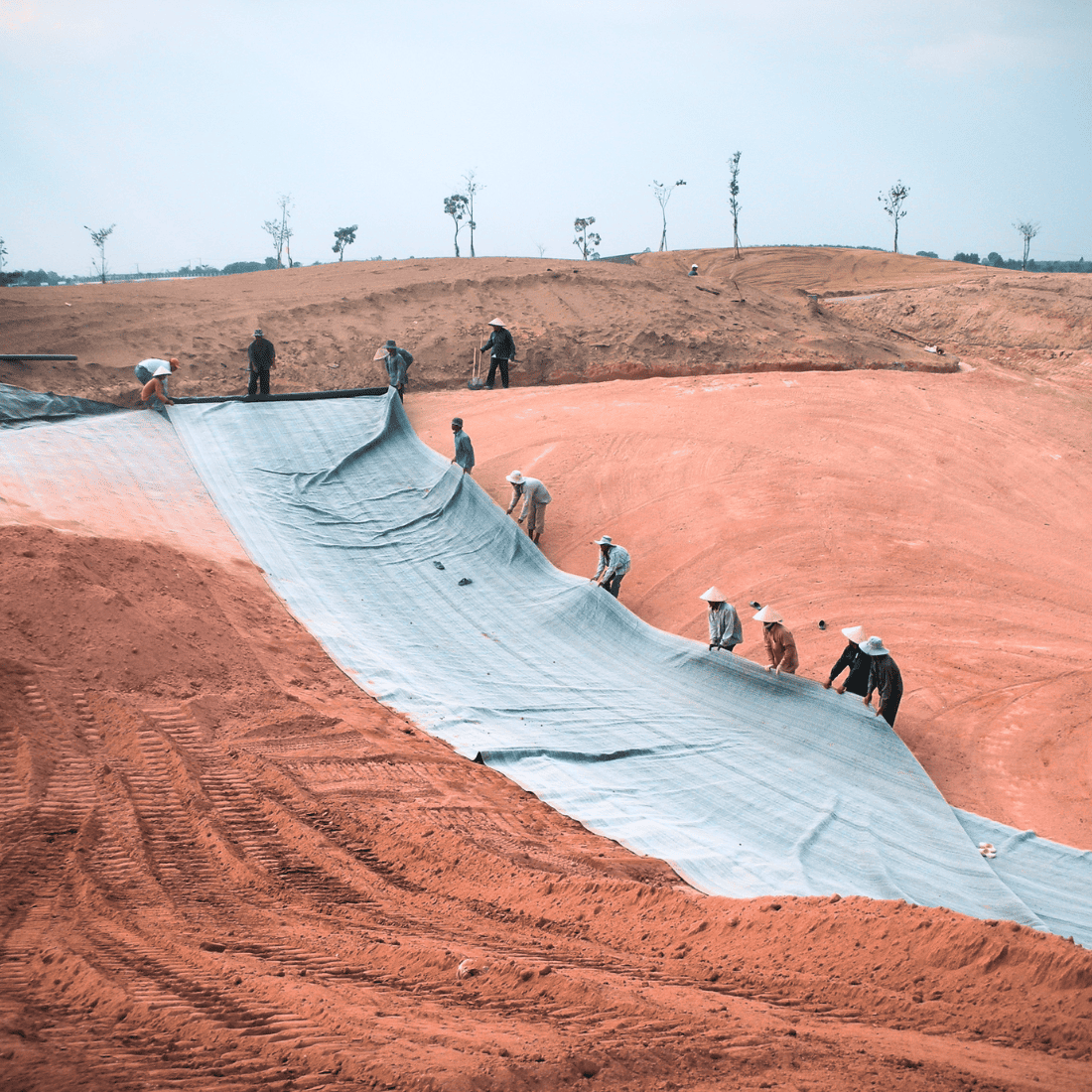
If you need product consultation, please contact us now

Products are competitively priced, with various attractive discounts suitable for each order quantity, optimizing material budgets and providing economic benefits.

Products meet quality standards according to current international standards such as ASTM, BSI, etc., satisfying diverse design requirements for each project.

The largest production capacity in Vietnam. The factory capacity meets material output for projects of various scales.